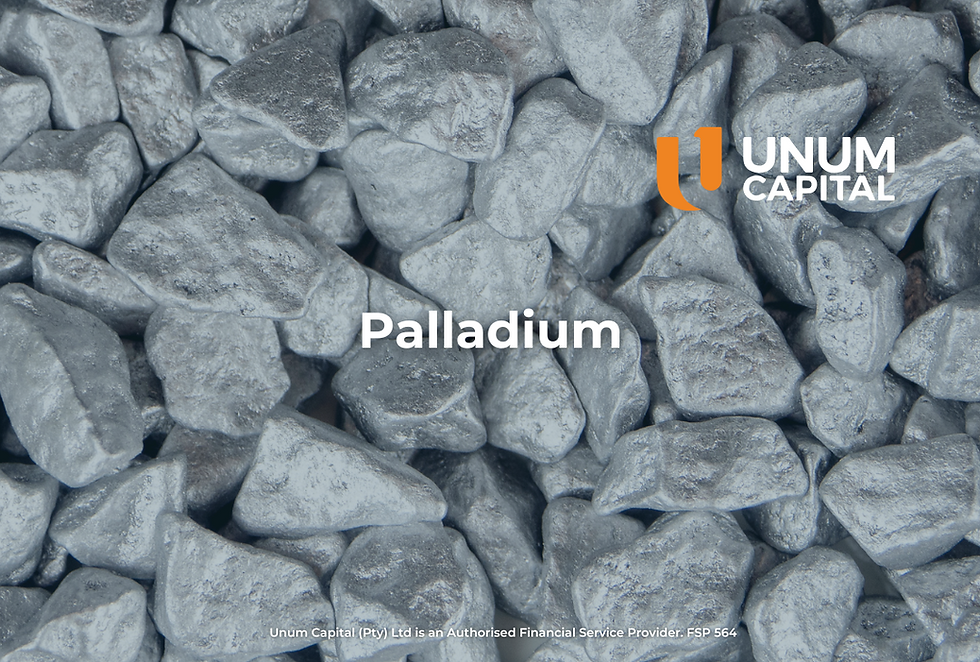Understanding Relative Rotational Graph (RRG) in Share Trading
- Peet Serfontein

- Nov 20, 2023
- 3 min read
Introduction
In the world of equity market analysis, traders and investors often seek to identify promising investment opportunities by evaluating the performance of various shares. One valuable tool that aids in this analysis is the Relative Rotational Graph (RRG). RRG is a graphical representation that helps investors understand the relative strength and momentum of different shares within a given market or sector.
What is a Relative Rotational Graph (RRG)?
A Relative Rotational Graph is a visual representation of the relative performance of shares in comparison to a benchmark index or a specific group of shares. The graph plots individual shares as data points and illustrates their movement over time, relative to the benchmark. The positioning of each share on the graph provides crucial insights into its relative strength, momentum, and potential investment opportunities.
How RRG Works: The Four Quadrants
The RRG chart is divided into four quadrants, each representing different stages of relative performance:
Leading (Leading Quadrant): Shares in this quadrant are exhibiting strong relative strength and positive momentum compared to the benchmark. They are outperforming the broader market or sector and are considered leaders in terms of price performance. These shares are regarded as potential Profit takes or Holds candidates.
Weakening (Weakening Quadrant): Shares in this quadrant are experiencing a decline in relative strength compared to the benchmark. While they might still be in an uptrend, their momentum is slowing down, and they may be losing some of their leadership positions. These shares are classified as potential Deteriorating candidates or short-selling.
Lagging (Lagging Quadrant): Shares in this quadrant are underperforming the benchmark. They are experiencing weak relative strength and may be struggling compared to other shares or the broader market. These shares are classified as potential Avoid candidates.
Improving (Improving Quadrant): Shares in this quadrant are showing signs of improvement in relative strength, indicating that they are gaining momentum and starting to outperform the benchmark. These shares are considered as potential Buy candidates.
Interpreting RRG for Investment Insights
When analysing a Relative Rotational Graph, traders and investors can draw several meaningful conclusions:
Identifying Leaders and Laggards: RRG helps investors quickly identify which shares are leading the market's upward trends and which are lagging behind. Leading shares in the Leading Quadrant might be attractive investment candidates, while those in the Lagging Quadrant could warrant closer examination to understand potential weaknesses.
Spotting Trend Reversals: A changing position of a share on the RRG can signal a potential trend reversal. For example, a share moving from the Weakening Quadrant to the Improving Quadrant may indicate a shift in momentum and an upcoming upward trend.
Diversification Insights: RRG can assist in portfolio diversification by highlighting shares that exhibit a low correlation with the benchmark. Adding shares with diverse movement patterns can help reduce overall portfolio risk.
Monitoring Sector Rotations: RRG is especially useful for sector rotation strategies, where investors rotate their investments based on the relative strength of sectors. It helps identify which sectors are currently leading or lagging in the market.
Limitations of RRG
While RRG is a valuable tool, it is essential to recognize its limitations:
Historical Performance: RRG is based on past price data and may not always predict future movements accurately.
Not a Standalone Indicator: RRG should be used in conjunction with other technical and fundamental analysis tools for comprehensive decision-making.
Volatility Impact: Highly volatile shares may exhibit erratic movements on the RRG, making interpretation challenging.
Conclusion
Relative Rotational Graphs provide traders and investors with a powerful visual representation of the relative performance of shares compared to a benchmark index or a group of shares. By understanding the quadrants and interpreting the movements of individual shares, investors can gain valuable insights into market trends, identify potential investment opportunities, and optimise their portfolio allocations. As with any investment analysis tool, it should be used alongside other methods and within the context of a well-thought-out investment strategy.
Top 40 constituent RRG chart:
The updated RRG chart displayed below compares the individual constituents of the Top 40 index against the index itself. This chart undergoes daily updates, and to enhance clarity, various colour backgrounds are utilised for ease of reference.
Leading (Leading Quadrant): Green background. These shares are regarded as potential Profit takes or Hold candidates.
Weakening (Weakening Quadrant): Yellow background. These shares are classified as potential Deteriorating candidates or short-selling.
Lagging (Lagging Quadrant): Red background. These shares are classified as potential Avoid candidates.
Improving (Improving Quadrant): Blue background. These shares are considered potential Buy candidates.





Comments